Flymen Blog
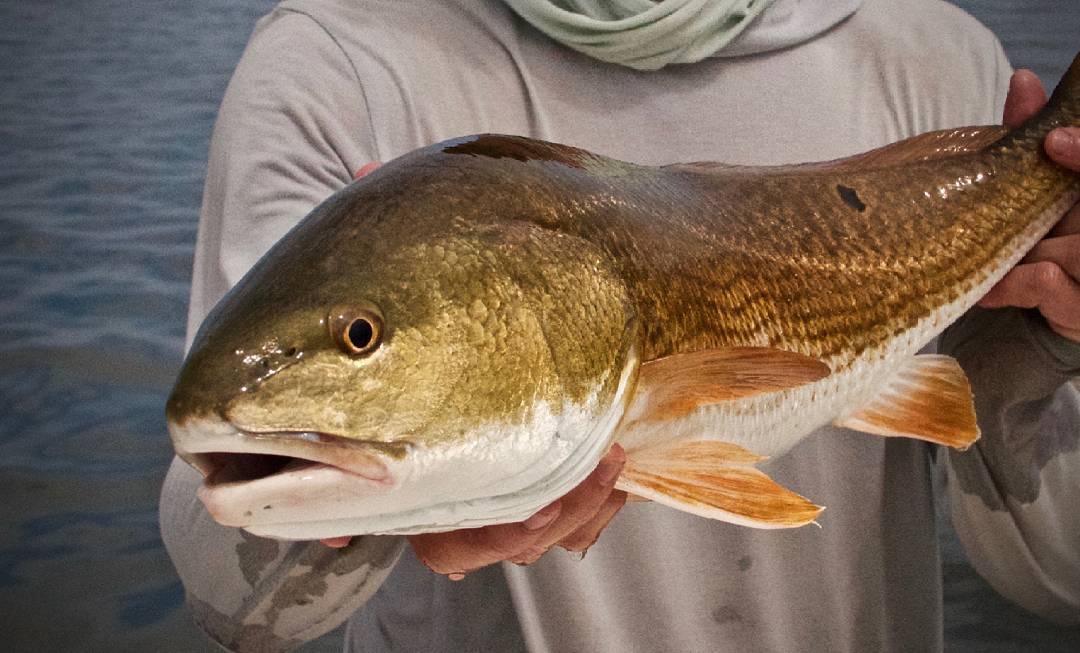
The fact that redfish can be found everywhere throughout Florida’s Atlantic and Gulf coasts makes the Sunshine State an obvious hotspot for anglers looking to slip a fly into a school of tailing fish.
With world famous fishing destinations like the lagoon systems on the east coast, the Everglades to the south, and the crystal clear grass flats of the Nature Coast to the west, there is certainly no shortage of epic environments in which these fish can be targeted.
Learning a fish species like this from scratch was a challenge but also allowed me to learn from my mistakes. Hopefully sharing what I learned the hard way will help you the next time you target redfish on the fly.
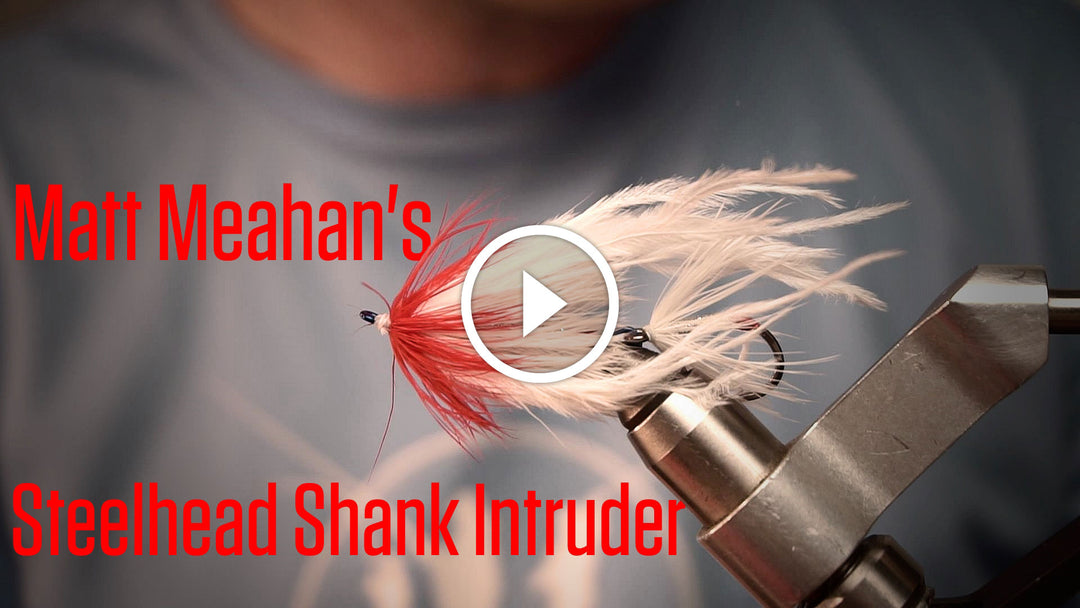
Intruder Style Flies Are Designed to Provoke Aggressive Strikes From Steelhead.
As the name suggests, the idea is to "intrude" on the steelhead's territory and trigger the "fight" response of fight or flight.
Meahan's Intruder is an approachable pattern for all fly tyers. So many Intruder fly patterns call for some exotic material, but with everyday materials Meahan's Intruder is a good fly for beginning steelhead tyers, but also a quick, good-looking fly for veterans as well.
The small rear loop on the Fish-Skull Senyo's Articulated Shank makes it easy to attach the rear Kona Big Game Hunter hook and allows the shank to be held straight in any vise, avoiding the need to tie the fly at strange angles. Not to mention, the splash of color added from the Senyo's Articulated Shank and the different variations available give you nearly endless color combination options for this fly.
Fly Tying Recipe
Hook Section
- Hook: Kona Big Game Hunter (BGH) hook, size #1
- Tag: Floss
- Body: Sparkle Braid
- Wing: Schlappen
Shank Section
- Shank: Fish-Skull Senyo's Articulated Shank for Steelhead and Salmon Flies, size 40mm
- Tag: Floss
- Body: Sparkle Braid
- Hackle: Schlappen
- Spreader: Deer Hair
- Wing: Schlappen
- Feelers: Ostrich Herl
- Hot Spot Wing: Schlappen
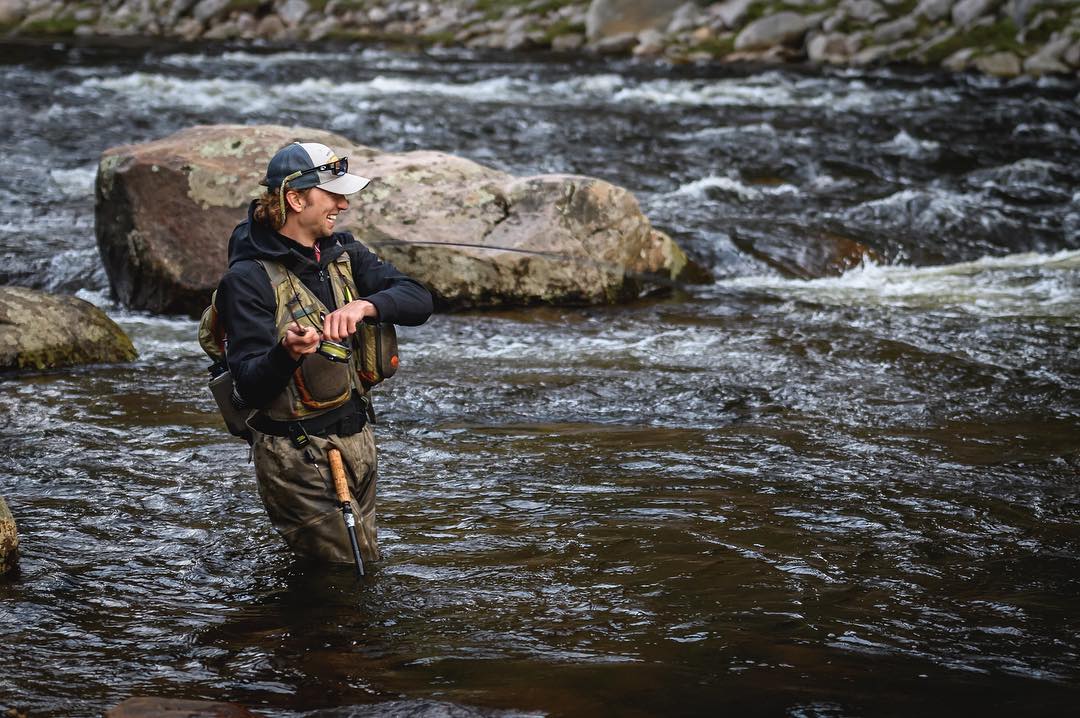
Pocket Water Can Be Some of the Most Exhilarating Waters to Fish
What makes a pocket water fishery are the boulders that block the general flow of the river, forming hydro-breaks where fish lie in wait in the darkness, ready to dart at a moment's notice for food.
As a trout guide, I can’t see myself guiding or fishing anywhere else during the peak season but on my home river in the Adirondacks, the West Branch of the Ausable. Here are some tactics I've picked up from guiding and fishing these waters that may help you next time you're on the water.
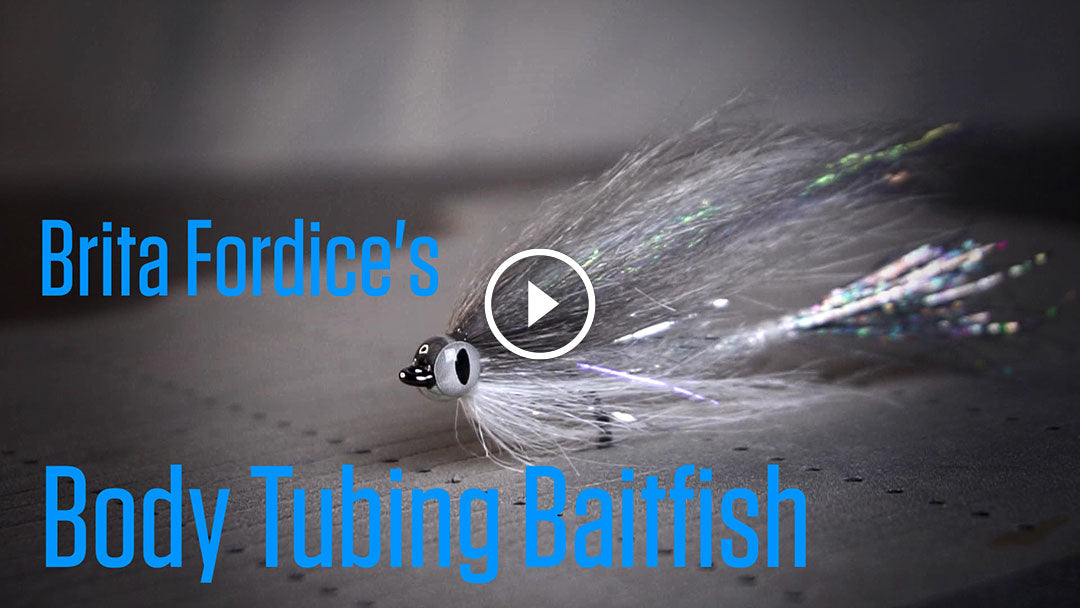
The Body Tubing Baitfish Is a Great All-around Baitfish Pattern
This fly can be sized up to chase peacock bass in the Amazon, or sized down to target small-stream smallmouth — any fish that eats baitfish will eat this fly!
The extended portion of the Body Tubing Baitfish has 2 main benefits for fly performance:
- Keeping the flash well behind the hook point makes it impossible for the flash to "foul" around the hook like is so common with flash tails.
- The Body Tubing acts as a rudder, giving the fly great movement in cross-current situations.
Fly Recipe
- Hook: Kona Big Game Hunter hook, size 2/0
- Tail: Flashabou
- Tail Extender: Fish-Skull Body Tubing
- Underbody: UV Polar Chenille
- Body: Craft Fur
- Underwing: Bucktail
- Wing: Craft Fur & Ripple Ice Fiber
- Eyes: Surface Seducer Dragon Eyes
- Head Sealer: UV Resin
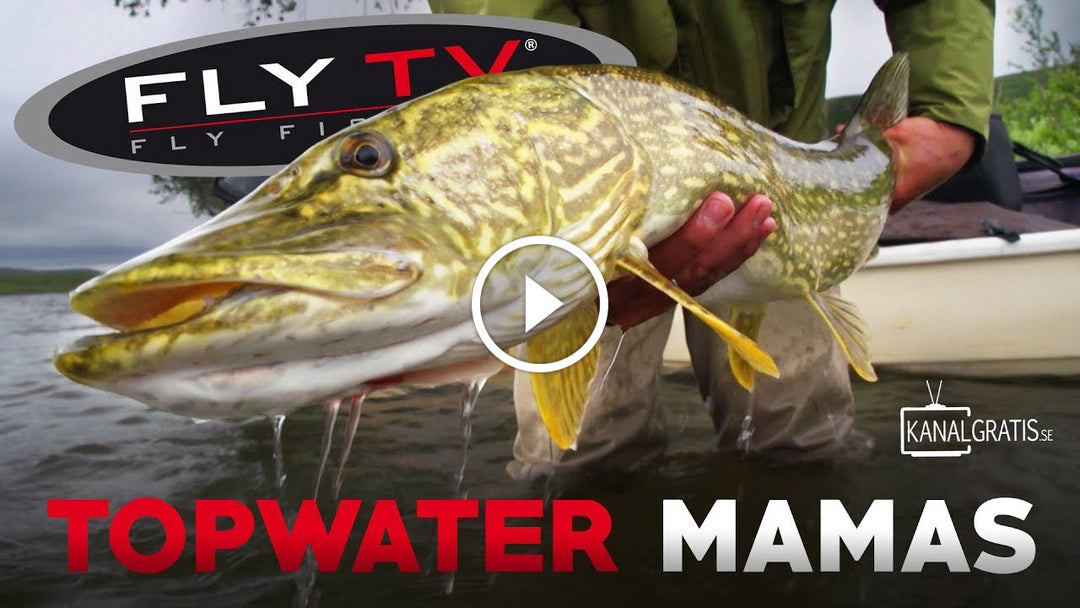
3 years ago, we visited a remote mountain location in Northern Sweden for the first time to target pike on the fly.
The plan was to make a really cool pike film with meter-long fish slamming mice and lemming patterns on the surface. Unfortunately, that didn’t happen because the water was already too warm by that time and most of the fish had moved out of the shallow coves.
So, fast forward and we decided to try again later on during the first week of the open season. During spring I had developed a pattern based on the new Surface Seducer Howitzer baitfish popper heads that was more of a subsurface pattern with 2 hooks, a Fish-Skull Articulated Shank, and a big Dragon Tail at the end. I wanted a pattern that would work well both when fished roly poly as well as with strong pulls.
The helicopter brought us out the Tjuonajokk fishing camp, located way above the Arctic Circle.

The plan this time was to drive with the river boats through the rapids upstream to a big cove were the pike had spawned a few weeks before and were still hanging around waiting for whitefish and grayling to come in and feed in these shallow areas.
We took turns poling the boat forward and with only one of us fishing at a time so our cameraman could catch every single take in slow motion. How did it turn out? See for yourself.






